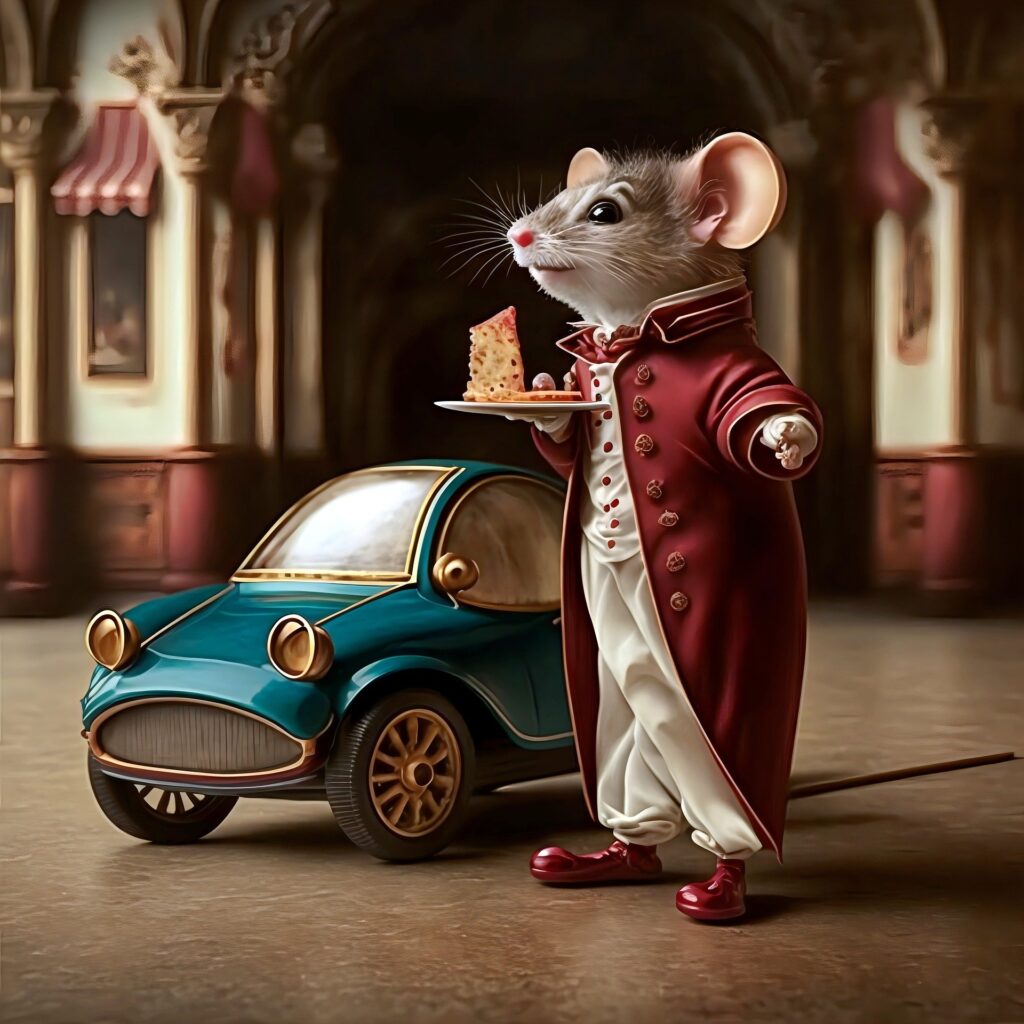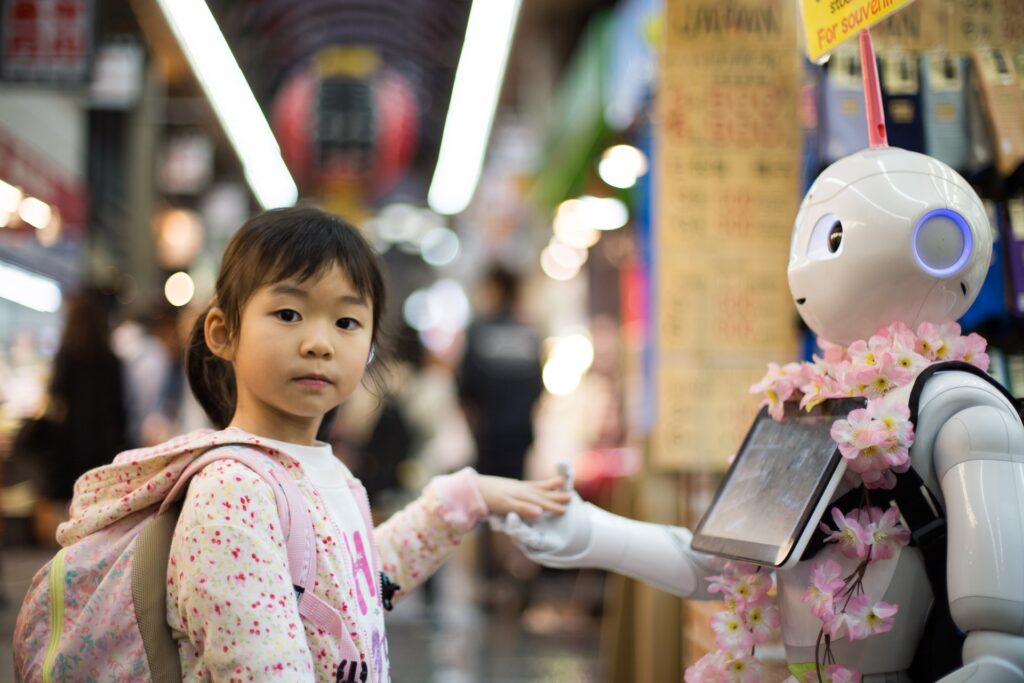In recent years, the field of artificial intelligence has made significant advancements in generating realistic and convincing images. With the help of techniques such as generative adversarial networks (GANs), AI can create images that resemble human-crafted artwork or even realistic depictions of people who never existed. This article delves into the evolution of AI-generated images, explores their potential applications, and examines the ethical implications surrounding this technology.
The Evolution of AI-Generated Images:
AI-generated images have come a long way since their inception. Initially, early attempts at image generation were crude, lacking coherence and realism. However, with the advent of GANs, researchers were able to train networks to generate images that closely resemble real photographs. GANs consist of a generator network that creates images and a discriminator network that critiques them, allowing for an iterative improvement process.
Applications and Potential Benefits:
The applications of AI-generated images are numerous and diverse. In the world of art and design, AI can assist artists by generating novel concepts and expanding creative possibilities. It can also be used in video game development to generate realistic environments, characters, and textures. In fields such as architecture and interior design, AI can assist in visualizing designs and exploring different possibilities.
Furthermore, AI-generated images can aid in historical reconstructions, allowing researchers to recreate and visualize ancient artifacts or architectural wonders that have been lost to time. This technology also has potential applications in the entertainment industry, where it can bring virtual characters to life, simulate realistic special effects, or even revive iconic figures from the past.
Ethical Implications and Concerns:
While the progress in AI-generated images is remarkable, it raises important ethical considerations. One concern revolves around the potential for misuse and the creation of fraudulent or misleading content. AI-generated images can be used to create fake news, false evidence, or even maliciously manipulate public opinion.
Additionally, AI-generated images can inadvertently perpetuate biases present in the training data. If the training dataset is skewed or limited in representation, the AI may replicate or amplify those biases when generating images. This has implications for issues of diversity, inclusion, and fairness.
Another ethical concern lies in the realm of privacy. AI can generate highly realistic images of people who never existed, raising questions about the consent and rights of individuals whose likenesses are used without their knowledge or permission. Deepfakes, which involve replacing the face of a person in an existing video with someone else’s face, have already demonstrated the potential for misuse and harm.
Safeguarding and Regulation:
To address these ethical concerns, it is crucial to develop safeguards and regulations. Transparency in AI-generated content is paramount, ensuring that users can discern between real and AI-generated images. Disclosure requirements can help mitigate the risks associated with misleading or fraudulent content. Researchers and developers must also prioritize diversifying the training datasets to minimize biases and ensure fairness in AI-generated images.
Moreover, laws and regulations should be put in place to protect individuals’ privacy and prevent the unauthorized use of their likenesses in AI-generated images. This can involve obtaining explicit consent or setting clear boundaries on the use of AI-generated content.
The Human-AI Creative Partnership:
Rather than viewing AI-generated images as a threat to human creativity, it is essential to consider them as a tool that can enhance human ingenuity. The collaboration between human creativity and AI algorithms can lead to innovative and unique outcomes that push the boundaries of artistic expression.
Conclusion:
AI-generated images have rapidly evolved, offering exciting possibilities across various industries. From art and design to historical reconstructions and entertainment, this technology can unlock new levels of creativity and imagination. However, the ethical considerations surrounding AI-generated images should not be overlooked. Striking a balance between innovation and responsible use is crucial.






